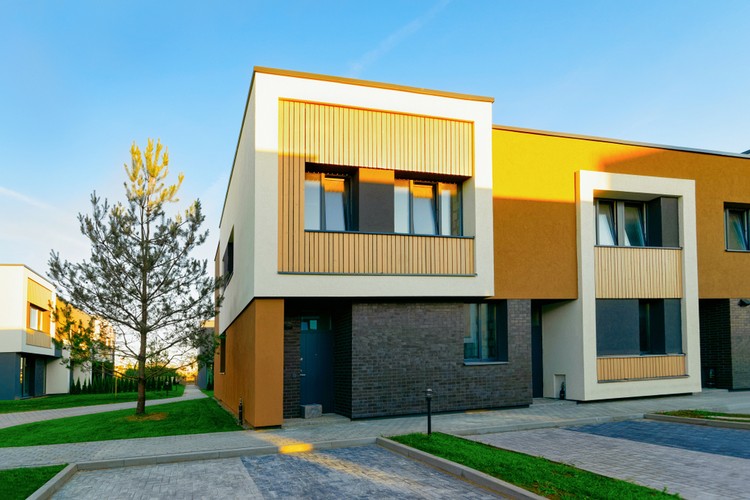Home Value Explained: What Determines Property Worth
Discover what truly shapes a home's value — from physical features and neighborhood qualities to broader market trends. This guide breaks down how square footage, upgrades, local economy, and appraisal methods influence property worth, and offers practical steps for homeowners to track and protect real estate value.

How property characteristics shape value
A home’s tangible features are a primary driver of its market price. Elements such as living area, bedroom and bathroom counts, lot size, and the overall condition of the structure form the baseline for valuation. Recent renovations, modern appliances, energy-efficient installations, and smart-home tech tend to raise appeal and sellability. Conversely, outdated systems, visible wear, or deferred maintenance can reduce buyer interest and lower offers. Even layout and flow—open-plan living, storage solutions, and natural light—impact perceived value.
Market dynamics that affect home prices
Real estate prices respond to larger supply-and-demand patterns and economic indicators. When inventory is limited and buyer demand is strong (a seller’s market), prices generally rise. If listings are plentiful and buyers have leverage (a buyer’s market), sellers may need to discount. Interest rates play a big role: higher mortgage rates can dampen demand and downward pressure prices, while lower rates often stimulate activity. Local economic health—job growth, wage trends, and population shifts—also feed into housing demand and therefore property values.
The neighborhood’s influence on worth
Location is one of the most consistent determinants of value. Factors such as nearby schools, crime rates, street maintenance, parks, and community amenities (shopping, transit, dining) shape how desirable an area is. Planned infrastructure projects, new business development, or rezoning can lift nearby home prices, while negative changes—like business closures or poor municipal upkeep—can erode them. Curb appeal and how well neighbors maintain their properties also contribute: cohesive, attractive neighborhoods typically command higher prices.
Ways to estimate your home’s current market value
There are multiple methods to estimate what a property is worth; each has trade-offs in cost, speed, and reliability. Below is a concise comparison of common valuation approaches.
| Method | Provider Type | Estimated Cost | Accuracy Level |
|---|---|---|---|
| Professional Appraisal | Licensed appraiser | $300-$700 | Highest |
| Comparative Market Analysis (CMA) | Real estate agent | Often free | Very good |
| Online Valuation Tool (AVM) | Various websites | Free–$50 | Moderate |
| Tax Assessment | Local government | Free | Fair |
Prices, rates, or cost estimates mentioned in this article are based on the latest available information but may change over time. Independent research is advised before making financial decisions.
Strengths and limitations of valuation methods
A licensed appraisal typically offers the most defensible single estimate because it involves an on-site inspection and professional adjustments for condition and comparable sales. A CMA prepared by an agent uses recent comparable sales in the area and local market knowledge; many agents provide CMAs free to potential clients to generate business. Automated valuation models (AVMs) and online tools are fast and cheap but rely on algorithms and public records that may not reflect recent upgrades or local quirks. Tax assessments are useful for baseline comparisons but often lag market movements and are not designed to reflect true market price.
Practical steps to preserve and increase value
Owners who want to protect or grow their equity should focus on maintenance and targeted improvements. Prioritize repairs that affect structural integrity and systems (roof, foundation, HVAC, plumbing, electrical). Kitchen and bathroom upgrades generally offer strong returns on investment, as do energy-efficient improvements and smart-home features that modern buyers expect. Curb appeal—landscaping, exterior paint, and a tidy entryway—can make a meaningful difference in first impressions. Staging and decluttering before listing helps buyers imagine living in the space and can speed sales at higher prices.
Timing and strategy
Understanding local market cycles helps with timing a sale or purchase. Monitor local listings, recent sales, and how long homes sit on the market to sense whether conditions favor buyers or sellers. When preparing to sell, consult with a local agent to determine the best pricing strategy and marketing plan. For buyers, getting pre-approved for a mortgage and being aware of interest rate trends can improve negotiating power.
Final considerations
A home’s market value is the result of many interconnected factors: the property itself, neighborhood attributes, and wider market forces. Regularly checking comparable sales, keeping up with maintenance, and making thoughtful, cost-effective upgrades will help preserve and potentially increase value over time. For the most accurate estimate, combine methods—use online tools for a quick check, request a CMA from an agent, and consider a formal appraisal when you need a definitive valuation for sale, refinancing, or legal purposes.
Regular attention to both market trends and the physical condition of your property is the clearest path to informed decisions about buying, selling, or improving your home.






